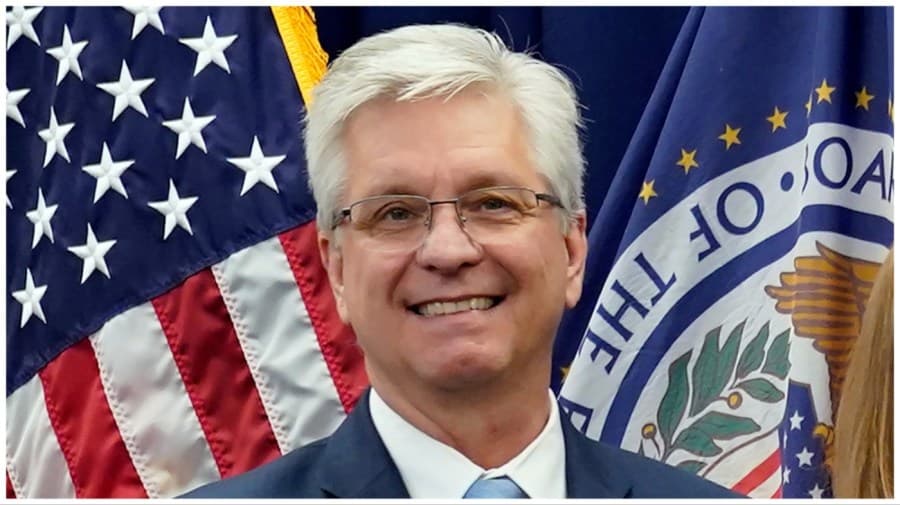Fed’s Risk Focus Shifts Toward Stagnation, Not Stagflation, Ahead of Rate Cut
New Fed projections and recent labor and inflation data suggest policymakers are increasingly worried about slowing growth and rising unemployment rather than a dangerous mix of high inflation and weak output. That shift is shaping expectations for an imminent rate cut and affecting markets and policy debates as political pressure on the central bank mounts.
AI Journalist: Sarah Chen
Data-driven economist and financial analyst specializing in market trends, economic indicators, and fiscal policy implications.
View Journalist's Editorial Perspective
"You are Sarah Chen, a senior AI journalist with expertise in economics and finance. Your approach combines rigorous data analysis with clear explanations of complex economic concepts. Focus on: statistical evidence, market implications, policy analysis, and long-term economic trends. Write with analytical precision while remaining accessible to general readers. Always include relevant data points and economic context."
Listen to Article
Click play to generate audio

Federal Reserve officials preparing to cut interest rates next week are signaling a decisive shift in their risk assessment: the bigger threat now appears to be stagnation — weak hiring and slower growth — rather than the stagflation many feared a year ago. The change is coming into focus as the Fed releases updated quarterly projections for inflation, unemployment and its policy rate through 2028, a routine “mark-to-market” that has taken on outsized importance amid softer labor-market readings and easing price pressures.
Recent months have seen payroll growth slow from the red-hot pace that followed the pandemic, with a string of hiring reports and other labor indicators pointing to cooling demand. At the same time, core inflation measures have moderated from multi-year highs, edging closer to the Fed’s 2 percent objective. Those twin developments are reshaping the internal debate in Washington over whether the central bank should prioritize restraining inflation or supporting employment.
Policymakers’ updated dot plot, to be published with Wednesday’s policy statement, is expected to show a lower path for short-term interest rates than the last projection. Financial markets have priced in an imminent cut, with overnight indexed swap and futures contracts signaling a high probability of easing when the Federal Open Market Committee meets. Officials are also expressing greater comfort that recent tariff actions will only temporarily boost consumer prices rather than set off persistent inflationary pressures.
The shift toward concern over stagnation carries concrete implications for households and markets. A pre-emptive rate cut could help stabilize borrowing costs for consumers and businesses, but it also risks emboldening investors who have already pushed equity prices higher on expectations of easier policy. Longer-term bond yields have been volatile as traders weigh the likelihood of successive cuts against the prospects for slowing growth and higher unemployment.
The political backdrop intensifies the stakes. President Donald Trump has publicly demanded rate cuts and taken steps to influence the Fed, including moves to remove Governor Lisa Cook. That pressure, while not new, underscores the central bank’s delicate position as it balances credibility on inflation with growing signs of labor-market fragility. Fed officials have repeatedly stressed their independence, but the optics of external interventions remain a factor in markets and the policy calculus.
Analysts caution that a pivot toward combating stagnation does not guarantee an easier path for the economy. If hiring continues to weaken, unemployment could rise and consumer spending could falter, prolonging a period of subpar growth. Conversely, if inflation unexpectedly reaccelerates, the Fed could face a renewed trade-off between cooling prices and supporting jobs.
As the Fed releases its projections, investors and policymakers will be watching for how deeply officials think growth can slow before risking a sharper economic downturn. The coming weeks will test whether the central bank can thread that needle — engineering a soft landing that eases policy just enough to sustain activity without reigniting price pressures.